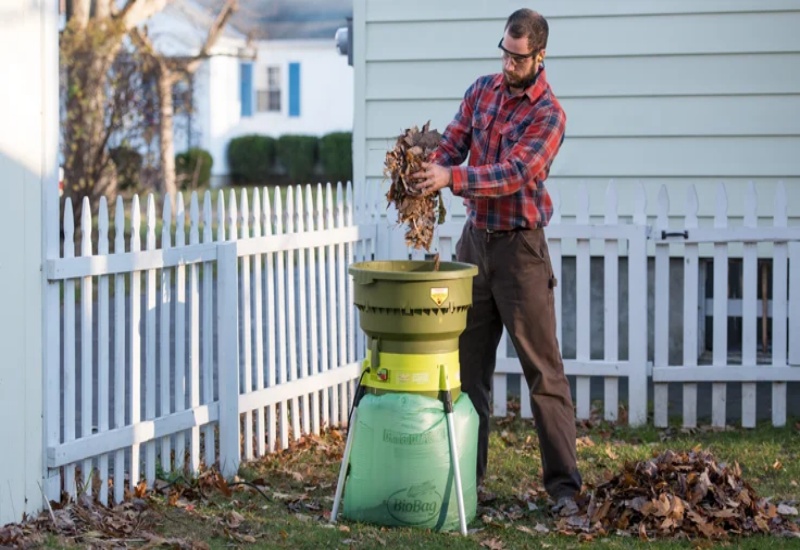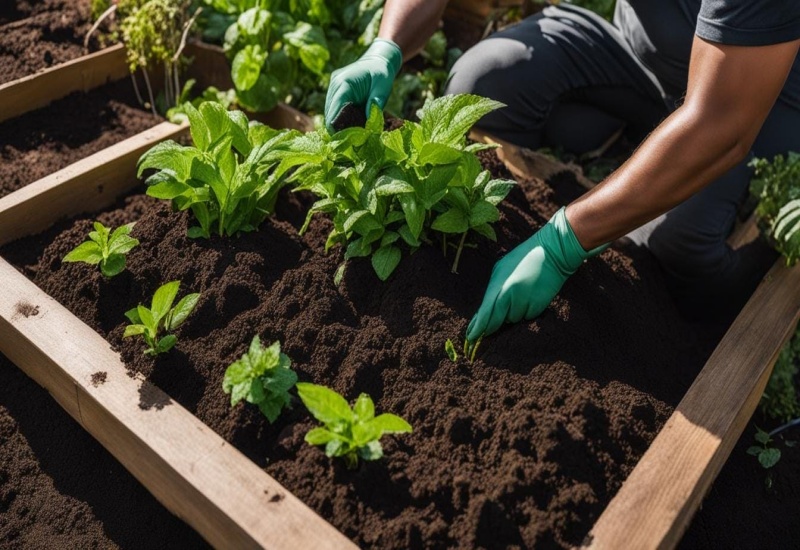The first step in successful composting is understanding what materials can be composted. Organic materials like fruit and vegetable scraps, coffee grounds, eggshells, grass clippings, and leaves are excellent additions to your compost pile. Avoid adding meat, dairy products, or oily foods as they can attract pests and create unpleasant odors. A balanced compost pile requires a mix of “green” nitrogen-rich materials and “brown” carbon-rich materials. Greens include kitchen scraps and fresh yard waste, while browns consist of dried leaves, straw, and cardboard.
Creating a compost pile or bin involves layering these green and brown materials. Start with a layer of coarse browns at the bottom to help with aeration, then alternate layers of greens and browns. It’s important to keep the pile moist but not waterlogged, similar to a damp sponge. Regularly turning the pile with a pitchfork or compost turner every few weeks will help introduce oxygen, speeding up the decomposition process and preventing foul odors.

Some gardeners prefer vermicomposting, which uses worms to break down organic material. Red wigglers are the best choice for vermicomposting. They consume organic waste and produce nutrient-rich worm castings, which can be added directly to the soil or used to brew compost tea. Vermicomposting can be done indoors or outdoors and is especially useful for those with limited space.
Another technique is hot composting, which involves creating a large enough pile—at least three cubic feet—to retain heat generated by microbial activity. Hot composting requires more frequent turning and monitoring of temperature to ensure it stays between 130 and 160 degrees Fahrenheit, effectively killing weed seeds and pathogens.
Mastering composting techniques enhances soil quality, reduces waste, and contributes to a healthier garden ecosystem. By carefully selecting compostable materials, maintaining the right balance of greens and browns, and choosing the appropriate composting method, you can produce rich, dark compost that nourishes your plants and promotes sustainable gardening practices. Embrace these techniques to transform your garden into a thriving, eco-friendly oasis.



